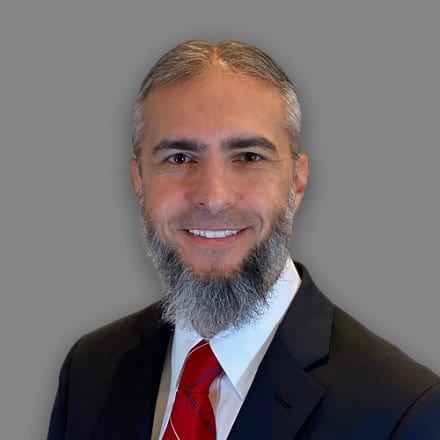Inside Angle
From 3M Health Information Systems
World Cancer Day: A personal story
This month marks 32 years since I lost my mother to lymphoma.
Cancer is one of life’s challenges that forces us to stop, breathe, cope and find a path back to a new normal. Unfortunately, it is a disease that affects millions of lives and impacts the patient and their family and friends. Witnessing my mother’s 18-month struggle motivated me to pursue my dream of studying medicine and ultimately becoming a radiologist.
I think radiologists are the unicorns of medicine. Many patients do not even know we exist, and they assume their clinical doctor is reading their radiology study. On rare occasions, we work directly with patients performing biopsies or discussing diagnostic mammogram results. Yet, we are deeply rooted in cancer detection and management. Every radiologist is looking for cancer on every study regardless of the patient’s history. On a typical day, a radiologist interprets more than 100 patient studies and sees more than 10,000 images, and must find the few small masses that exist.
But a small mass on an image has so much more impact on a patient than its size would indicate. A new diagnosis of cancer affects every aspect of the patient’s life and is always overwhelming. During this overwhelming time, we help our patients deal with uncertainty and make difficult decisions. Difficult decisions are made a little easier with the added information that each radiology study provides.
Every day at least one of my 100 patients will get a new cancer diagnosis. Some new cancers are suspected while others are very unsuspected and incidental to the patients’ complaints. We have screening programs for breast cancer with mammograms, lung cancer with CT scans, and prostate cancer with MR scans, which greatly benefits our patients by finding their cancer often before it spreads.
Every day at least 10 of my 100 patients are current cancer patients undergoing medical or radiation therapy. Radiologists are tasked with measuring tumor size and searching for new or spreading lesions to determine if their current treatment is working. Entire chemotherapy regiments will change if we determine that a tumor has changed in size by even a few millimeters from the previous study.
Every day at least 30 of my 100 patients are cancer survivors. Cancer treatments have greatly improved over the years and many common cancers now have five-year survival rates greater than 80 percent. When we see these patients, their old cancer is rarely relevant to their acute problem. It’s simply a benign chronic scar on our screen and a mention in the report history section. Knowing that their old cancer diagnosis means nothing today is the definition of successful disease treatment.
This year and every year on World Cancer Day, I am thinking of my mother who knew early on about my love of medicine. When I was in kindergarten, she tailored small surgical scrubs for my dress-up career day. She likely envisioned me as an adult with a stethoscope draped over my shoulder and prescribing medicine. Neither of us predicted my love for radiology, but I know she would be extremely proud to see me sitting quietly in my office making a difference in patient care as a radiologist.
Dr. Arif Kidwai serves as president for St. Johns Radiology Associates (SJRA).


